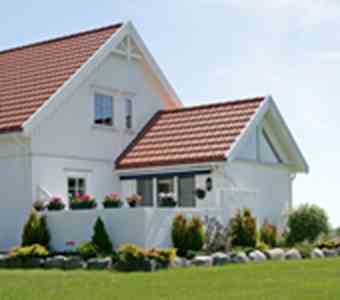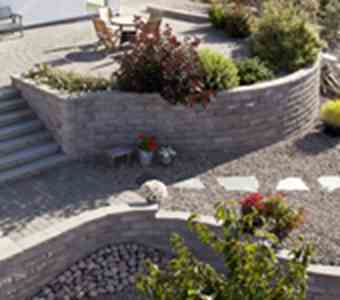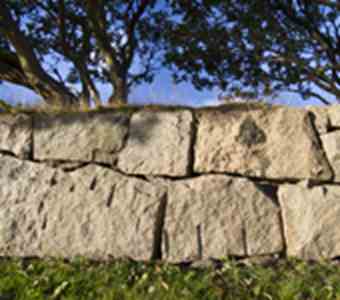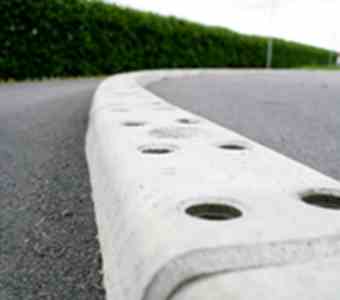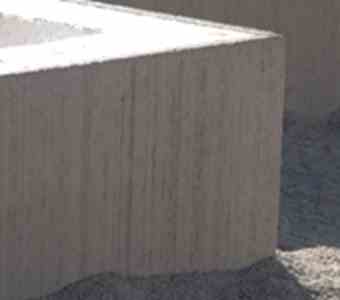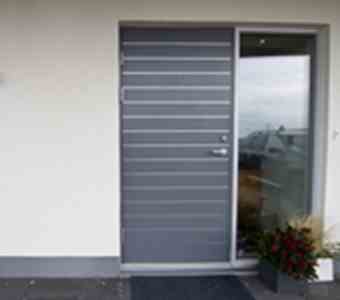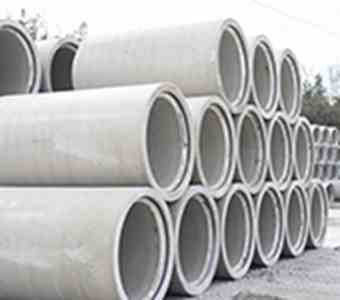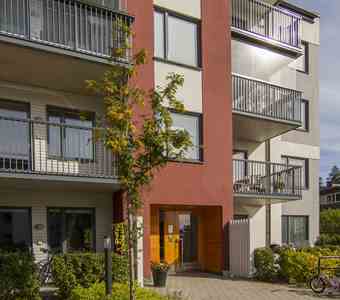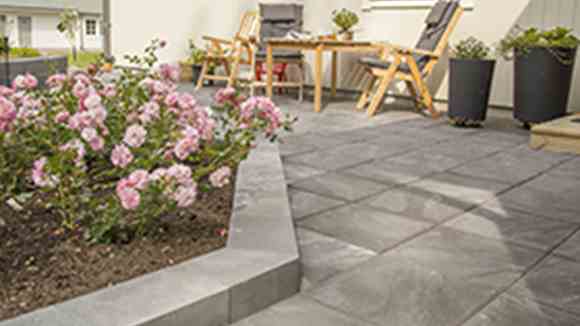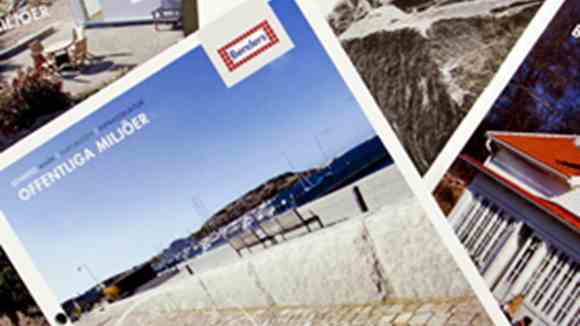When you lay paving stones or slabs, it is easy to forget the joints and their importance. The joints between the stones/slabs are not important just aesthetically. They also have several technical functions. Joints play a major role in achieving good results (exactly the same as do the choice of stones/slabs and correctly executed ground preparation).
Joint filler serves to lock what you lay and reduce the growth of weeds between stones/slabs. A well-filled joint is both attractive and practical. When a surface that has been laid with paving stones or slab is subjected to a load, force is transferred across the stones/slabs via the joints. This is why it is important that joints are well-filled with joint filler so that the forces are transferred in the correct way. If the joints are insufficiently filled or too narrow, there is a risk of the stones/slabs banging against each other. This can damage the edges of the stones/slabs. A too wide joint that is not stabilised by well-executed ground preparation and good edge guards can result in forces being transferred incorrectly. This is why we recommend a 3 mm joint for paving stones and slabs. If you use joint filler for joints, you can leave excess filler on the surface after the joints are first made. After some time, it may also be necessary to refill the joints so that they still work as they should.
Benders offers several different sorts of joint filler. Bender Fogsand, our traditional joint filler, is 0 – 2 mm grade. It easily and effectively runs down into the joints. To give a personal touch to your paving stone/slab system, select any of the three different colours (grey, graphite and sand). When you have laid and jointed your stones/slabs, you can advantageously leave excess joint filler on the surface for a time. Rain and wind will gradually wash it down into the joints. We also offer Bender Danfogsand, a filler that is weed-resistant, runs just as easily into the joints and creates an environment in which seeds will not grow. Bender Lithomex Easy is a polymeric filler. It thus contains a hardener. Once the joints have been filled, use water to activate the hardener. For further details, see the separate user instructions. Because Lithomex Easy sets once the hardener has been activated, the surface is locked even more strongly. The harder joints are also more weed-resistant. Lithomex Easy is suitable for joints up to 10 mm. A simpler and safer joint filler for lightly trafficked surfaces is Bender Lithomex Quicksand, a grey, single-component compound for joints from 3 to 30 mm. It is applied with water. For further details, see the separate user instructions. For surfaces with joins wider than 5 mm and subject to higher loads, we recommend our Bender Lithomex Heavy, a three-component, hard-joint compound that is blended to a wet paste before application. It is especially suitable for paved surfaces in urban streets. Bender Stone dust can be used as a joint material for wider and irregular joints, for example to granite sets and slate slabs. For permeable paving stones, Bender Stone chips are used as joint material, it is also the material to be used as a setting layer.
Take a look at our complete range of joint fillers and complementary decorative stones. Use our joint filler calculator to calculate how much filler you need for your paving.

Picture: When combining different construction dimensions in the laying of paving stones and slabs, joint width may have to be adapted.














